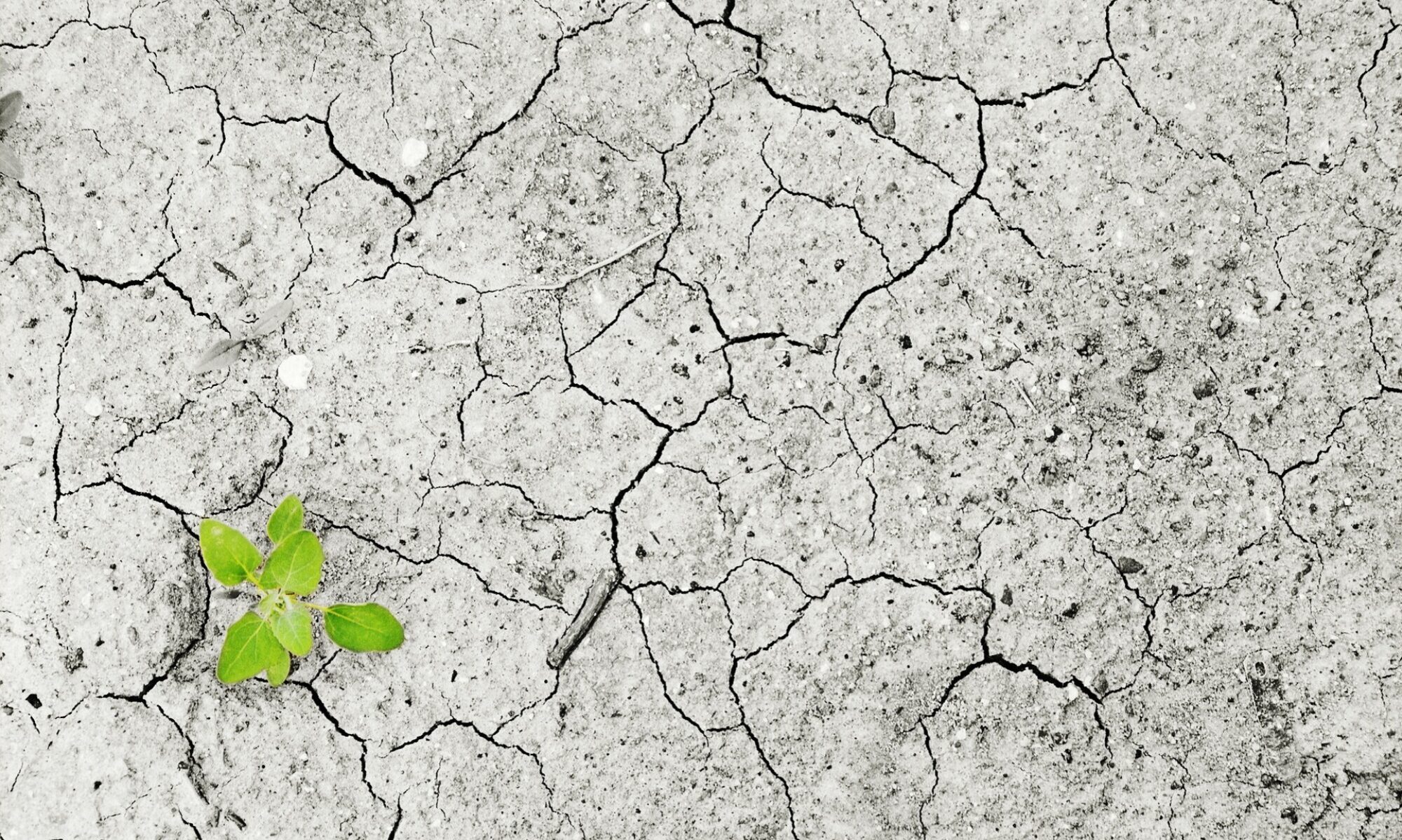1 June 2021 – by Jiahui Qui
“We demand that Global North countries recognise climate migrants as such.”
– Xiye Bastida, youth climate activist, US Leaders Summit on Climate 2021
As climate activists demand accountability from powerful corporate and government actors, the disproportionate impacts of climate change on vulnerable groups is the imprint on the flipside of the climate justice coin. With climate change and human rights issues growing inseparable, activists are focusing their attention on vulnerable groups like farmers, women and people in poverty, especially in the Global South. An issue that encompasses all these groups is climate-induced displacement and migration.
‘Climate migration’ refers to the movement of people forced to leave, or choosing to leave their homes predominantly due to climate change impacts[1]. Slow onset climate change impacts that drive climate migration include crop failure, water shortage, and rising sea levels. These can pressure people to flee their homes either by rendering their livelihoods untenable (e.g. for farmers) or making their homes uninhabitable (e.g. due to sea level rise)[2]. Other sudden climate-induced events like flash floods and typhoons also drive temporary displacement.
The International Organization for Migration (IOM) estimates that 80% of annual worldwide sudden onset natural disaster-induced displacement occurs in the Asia Pacific region, where income inequality, conflict, and regional connectivity are also major drivers of migration[3]. A 2010 report for the US National Intelligence Council predicted that climate change may induce cross-border movements of “Vietnamese and Indonesians to Malaysia, Cambodians and Laotians to Thailand, Burmese to Thailand and Malaysia, and Filipinos throughout the region”[4]. Within borders, coastal communities can feel the growing impacts of sea level rise, fish stock depletion and intensifying coastal storms, and may move inland away from the coasts. Nearby cities and urban areas with commerce, job opportunities, and family relations also serve as pull factors for displaced people[5].
LET’S TALK ABOUT IT
Climate migration remains on the fringe of discourse in the front-facing messages of some prominent climate movements, both in Southeast Asia and internationally. It is merely identified as one of many climate threats in cautionary messages about global warming, rather than a potential thrust of climate action. Mentions of climate migration or displacement usually take the form of standalone articles aiming to educate audiences about the urgency of climate change, such as those by Greenpeace US[6]. Extinction Rebellion US consolidates resources on climate change and migration on its website, directing users to news articles and research[7]. In news interviews, members of Klima Action Malaysia (KAMY), a Malaysia youth climate group, cite climate migration as one of the consequences of inaction[8].
Understandably, activists focus on solutions and opportunities that can lead to calls for action that their audiences can contribute to, and demands for governments and corporations. These are messages that feed into their positive imagination of a just transition and a climate-resilient future; but can climate migration be a part of that imagination?
The table below exhibits some examples of initiatives prioritised by these movements.
| Organisation/initiative | Region/country | Main calls to action, demands or principles |
| Greenpeace International | International | ‘Ways to Act’· Protect the Oceans· Tell your story· Stop plastic pollution· Join the movement for clean air· Prevent uncontrollable global fires· Raise your voice for climate justice |
| Sunrise Movement | United States | (Selected) principles· Stop climate change and create good-paying jobs in the process· People from all paths of life· Non-violence· Unite with other movements for change· Fight for the liberation of all people |
| Asia Climate Rally 2020 | Asia | Demands· Climate action now· Defend our environmental defenders· Policies for the people and planet· Demand ambition, collaboration and accountability· Towards a just recovery |
| Youth Advocates for Climate Action Philippines (YACAP) | Philippines | ‘Points of Unity’· Climate justice· Urgency of climate action· Defend our environmental defenders· Youth-led collective action· System change |
| Klima Action Malaysia (KAMY) | Malaysia | Demands· Inclusive and intersectional climate action· Serious political will· The right to climate information |
Besides calling for accelerated reduction of greenhouse gas emissions, as shown in bold, most of these groups share a common thread on inclusiveness and climate justice — making sure that climate action considers the voice and well-being of all people, including vulnerable groups. It is evident that the protection of climate migrants does fall under the umbrella of inclusive climate action that is being championed by many activists; but it is discussed mostly insofar as minimising climate change can help to prevent climate displacement. The fact is that climate displacement is already happening. How does the current plight of climate migrants fit into the demand for a just transition?
A THREAT TO SECURITY?
Governments have already recognised the alleged security threat presented by climate migration for some years. The security-based narrative for approaching climate migration argues that instability in neighbouring countries can drive illegal migration, which can in turn exacerbate drug and arms trafficking and resource-related conflict[9]. This perspective uses self-interest as a credible motivation for governments, so integrating human rights and justice into such a mindset is a challenge. Some have responded to this security concern by advocating for a military strategy focusing on stronger border protection, but climate security expert Professor Lorraine Elliott warns this will instead likely increase instability and uncertainty, while further punishing those already vulnerable to the climate crisis[10]. In a report on climate migration, peacebuilding organisation International Alert stresses that “migration in itself need not be a destabilising factor… it is not the process, but the context and the political response to immigration that shape the risks of violent conflict”[11]. For example, in a study on Indonesian-Malaysian labour migration, researchers found that conflict was triggered when it shifted from “being perceived as an economic issue with potential gains for both countries” to a “political and security issue in which the interests of sending and receiving states were “viewed as threats to one another”[12].
INTERNAL DISPLACEMENT
In terms of internal displacement, case studies from the Philippines, Cambodia, and Indonesia have found inadequate institutional and legal provisions for the human rights of those affected by natural disasters — especially women, people with disabilities, and the elderly. Researchers’ recommendations included disaster risk management policies with specific guidelines on the treatment of vulnerable groups in compliance with international standards, as well as comprehensive laws enacting the rights of internally displaced people (IDPs) in accordance with the UN Guiding Principles on Internal Displacement. In particular, it was pointed out that such policy development would be an opportunity to overcome patriarchal beliefs and “harness the knowledge and experiences of women”[13].
There is, then, a precedent for climate activists to apply the “justice” in “climate justice”, to garner greater empathy and equity in government responses to climate migrants. Professor Elliott does not support “simply mainstreaming climate change into security discourses”, but rather for “bottom-up policymaking” that aims to strengthen adaptation, social resilience, disaster risk management, and sustainable development strategies[14]. This is echoed by a 2018 World Bank report on internal climate migration, which recommends that governments actively embed climate migration into development planning and seek to improve their understanding of the issue itself[15].
A POSITIVE OUTLOOK
Climate activists also favour a positive framing of climate action, not just as the prevention of disaster, but as an opportunity for better lives. A campaign by the Singapore Climate Rally called #TakeBack2050 encouraged its audience to imagine what life would be like in 2050 after overcoming the climate crisis. Participants raised their hopes for community gardens, renewable energy, and a more equitable society[16]. This uplifting narrative has already been embraced by many world leaders. At the US Leaders’ Climate Summit in April 2021, Vietnam’s President Nguyen Xuan Phuc emphasised that transitioning to a net zero economy would “bring about huge opportunities and benefits, including jobs, ensuring energy security and enhancing economic competitiveness and sustainability”.
Such positivity can also be applied to climate migration. Former director of the Australian Migration Research Centre, Professor Graeme Hugo, argued that climate migration can help build resilience and adaptive capacity in vulnerable areas. Migration can benefit host and source countries through remittances, knowledge transfer, increased foreign direct investment and diaspora involvement in development and most certainly, benefit migrants themselves and their families. Migration has also contributed to poverty reduction in Southeast Asia[17]. Therefore, viewing climate migration as a development opportunity rather than just a coping response can maximise the benefits for all parties.
Paying greater attention to climate migration as a tenet of climate justice is well-aligned with the existing principles and demands of climate activists. While Global North activists can argue for the moral responsibility of developed countries to help climate migrants in and from developing countries; Southeast Asian countries, which are mostly developing, call for different tactics. Framing the issue as a pragmatic development opportunity can help avoid excessive security tensions around climate migration in a region already rife with political turmoil, and instead encourage the mainstreaming of climate migration into national planning. Southeast Asian climate activists repeatedly point out that their countries are already experiencing some of the most intense impacts of climate change, which disproportionately affect vulnerable groups; and these include climate displacement and migration. It is an issue which presents both the urgency and potential for climate activists to call upon governments and the international community to recognise the opportunities that fair and well-planned climate migration and displacement policies in Southeast Asia can establish beyond humanitarian responses.
The views expressed in this article are the author’s own and do not represent the ISEAS-Yusof Ishak Institute.

Jiahui Qiu is a research officer at the Climate Change in Southeast Asia Programme, ISEAS-Yusof Ishak Institute, Singapore. She is a graduate in Environmental Studies from the National University of Singapore. Her interests include natural capital and ecosystem services, climate policy, and just transitions.



